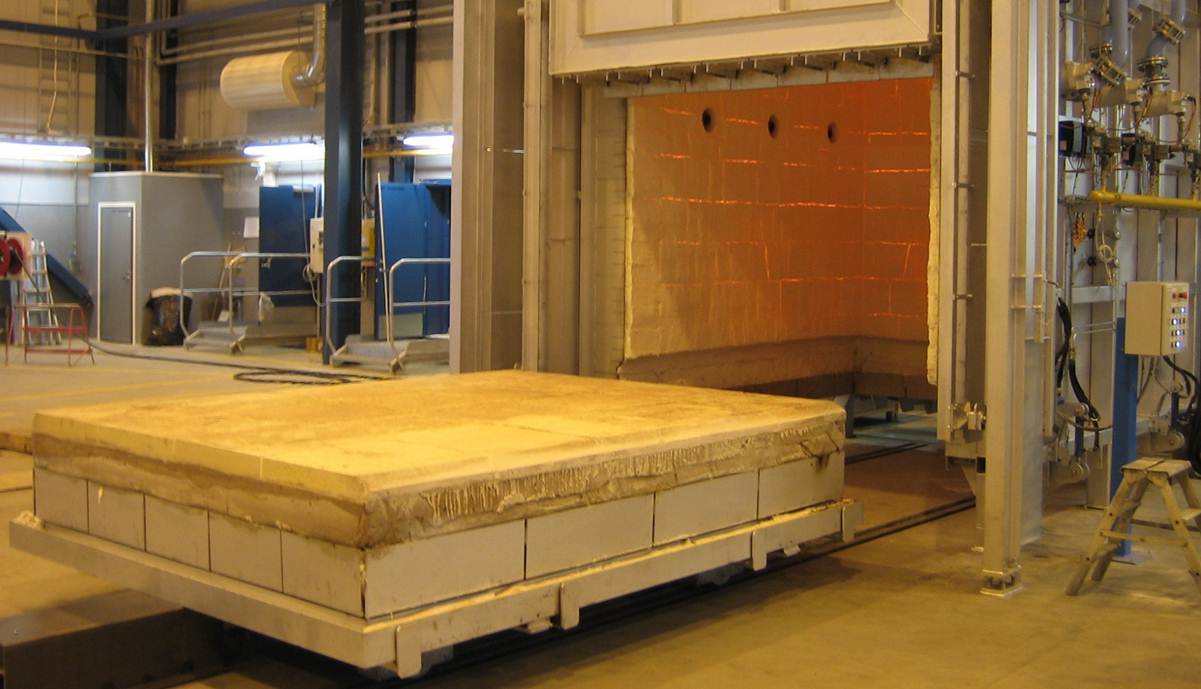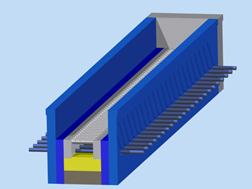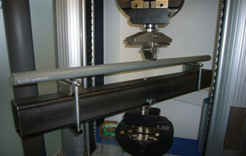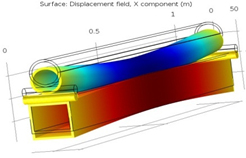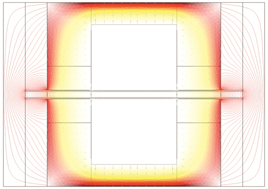Motivation
In the ceramic and metal processing industry, continuously operated roller kilns are often used for sintering and finishing processes. The energy efficiency of this type of furnace can be improved by different approaches:
- Increasing the throughput by widening the furnace shaft
- Reduction of heat loss at the transport rollers
- Reduction of heat losses along the kiln longitudinal axis
 Fraunhofer ISC, Center for High Temperature Materials and Design HTL, Bayreuth
Fraunhofer ISC, Center for High Temperature Materials and Design HTL, Bayreuth